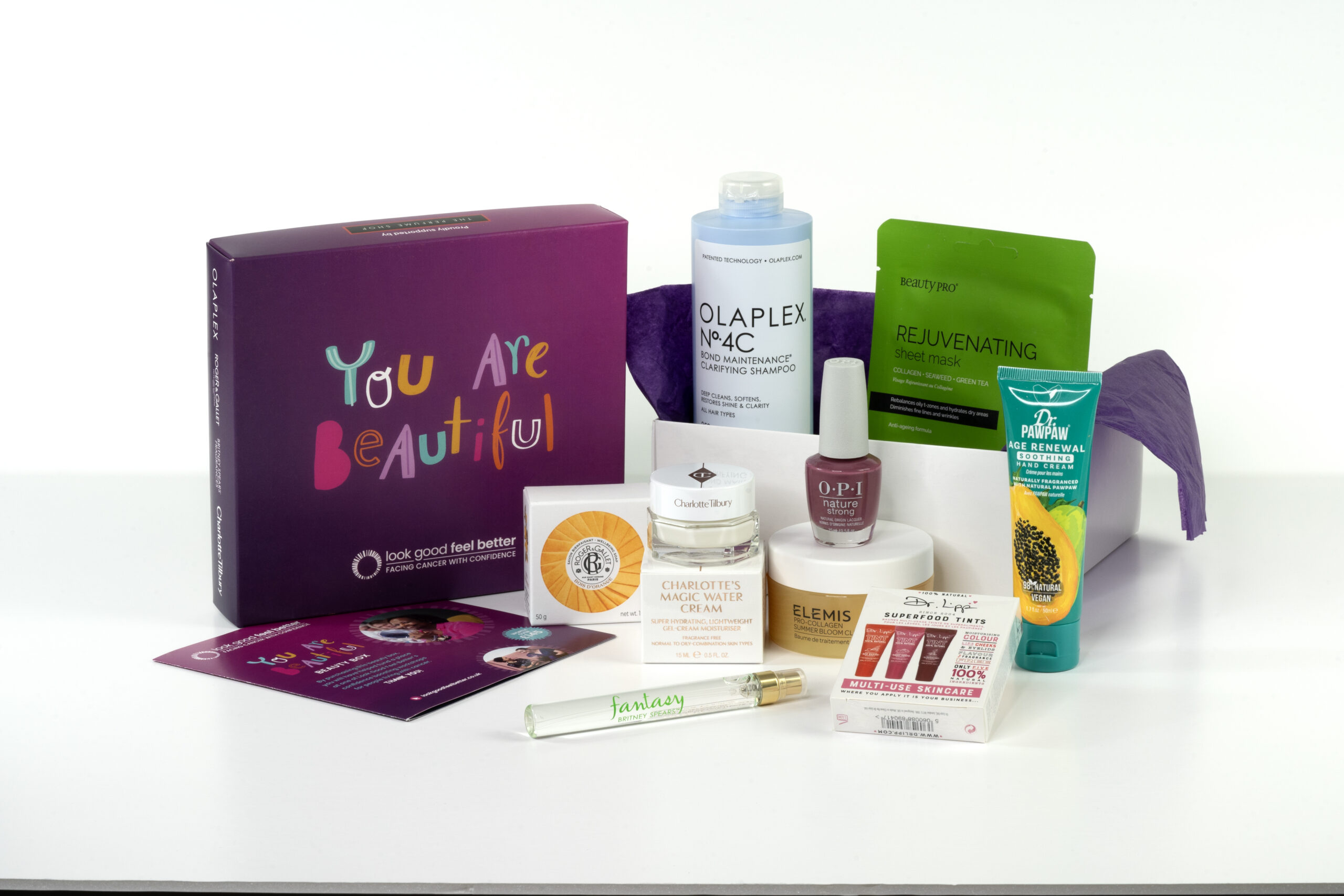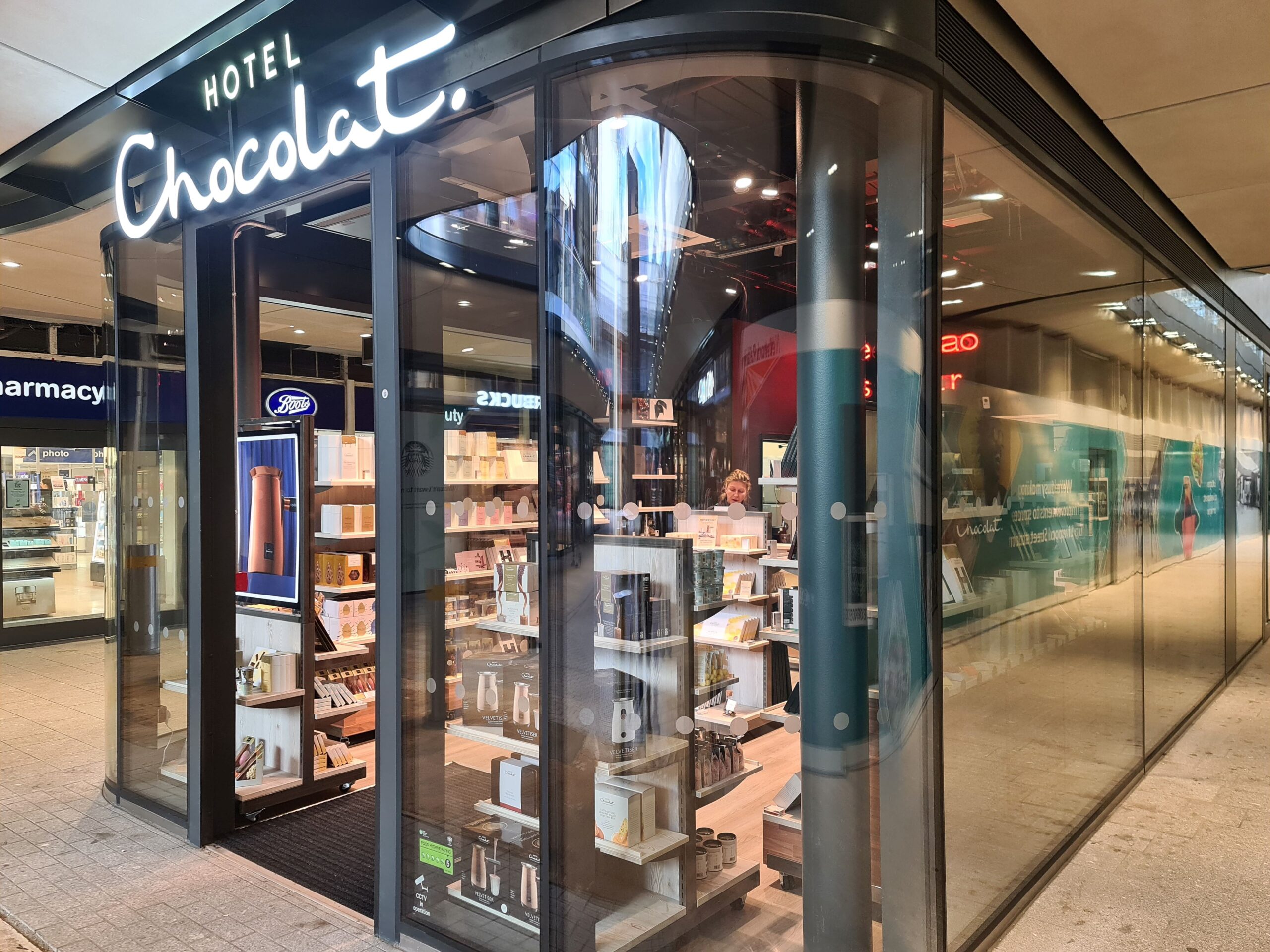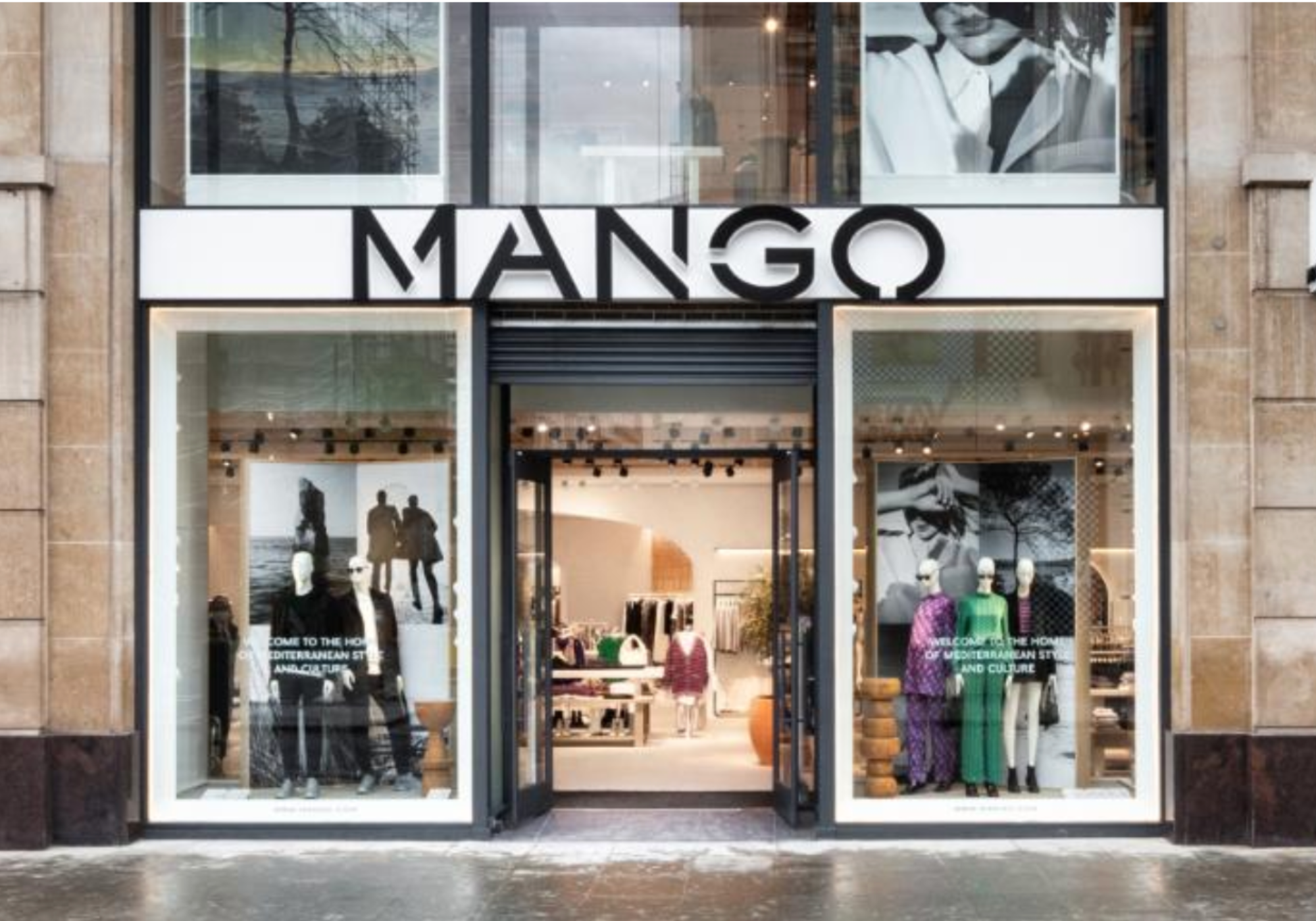Carpetright emphasised the importance of multichannel retailing to a business where most people buy in the store, in half-year results out today.
This floorings-to-beds business is one where the store remains key, the company said in its statement, with “the vast majority” of customers still making their final purchase in store. This gives them “the opportunity to see and touch their choice of floor covering”.
But the internet is playing an important role in influencing its customers, as they research online before making a purchase. And as customers research online, they become more likely to make an appointment for a consultation in their home. An average of more than 74,000 unique visitors went to the Carpetright website each week in the first half of its financial year. That’s 10% up on the same time last year, and, said Carpetright, appointment leads were up by a “corresponding increase”. At the same time the number of requests for samples rose by 90%.
In response the company has invested in the site, with an “enhanced” online advisory centre, improved product display and mobile optimisation for the 40% of people who now visit the site through smartphones and tablets, as well as expanding its team.
“The rapid growth of smartphone and tablet use also underlines the importance of having an effective and integrated digital proposition,” the company said in its financial statement. Learnings from its UK business, it said, would now be applied to its European business.
This is all feeding into its financial results. In the 26 weeks to October 27, Carpetright reported group sales down by 4.7% to £227.2m. UK sales were down by 1.6% to £189.1m and sales in the rest of Europe were down by 17.7%, to £38.1m. However, UK like-for-like sales, which strips out the effect of store openings and closures, were up by 0.7%.
Pre-tax profits, before exceptional items, were up by 221.4% to £4.5m. But exceptional items of £12.4m, mainly related to the ongoing ‘rightsizing’ of its store estate to fit a multichannel model, took the company to a £7.9m pre-tax loss at the bottom line, from a loss of £0.8m last time.
By the end of the half-year the company had 464 standalone stores and 16 concessions. Fifteen standalone stores closed during the period and five opened.






